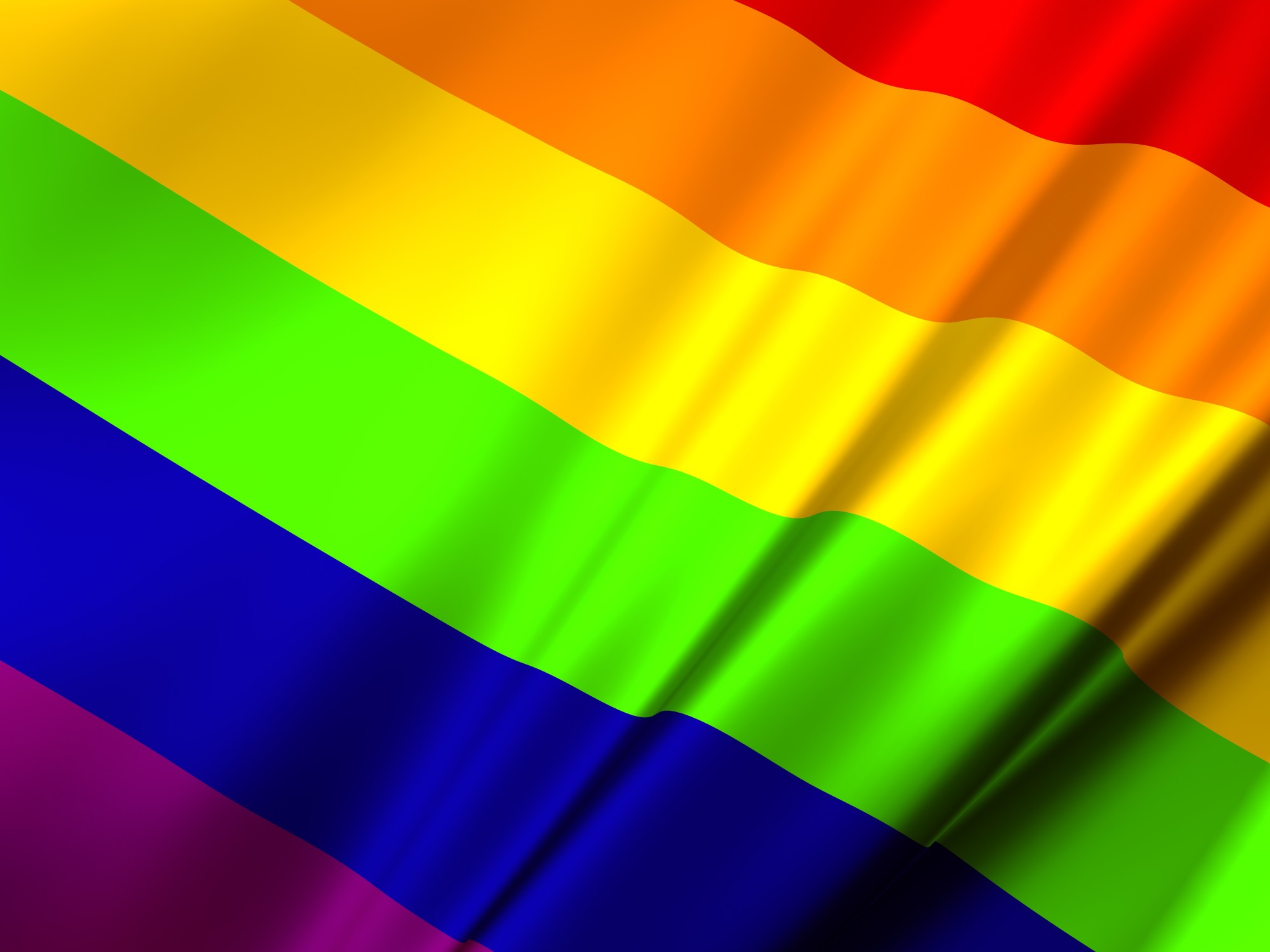Around 12 percent of millennials identify as transgender or gender non-binary, according to studies.
And yet, saying that you’re neither male nor female is confusing and scary for many people. What do you mean you’re not a man? How can you say you’re not a woman?
At the same time, many people have started to accept that gender identity and biological sex are distinct. You may have female reproductive organs while not identifying as a woman.
Here’s a guide to non-binary gender pronouns to help you be more tolerant and understanding of other people’s identities.
1. Normalize Using Pronouns in Your Daily Life
If you want to respect other people, you need to realize that you cannot make assumptions about someone’s pronouns.
If you identify as a man, then you wouldn’t want other people referring to you by “she” and “her.”
Even when someone appears to present as a man, you shouldn’t jump to the conclusion that they want to be called “he,” “his” and ‘him.”
You can promote the use of pronouns in your life by thinking about which pronouns you want to be used for you.
When you sign off an email or write in your Twitter or Instagram bio, you could include your pronouns.
By doing this, you also encourage other people to think twice before calling someone a pronoun.
2. Ask Everyone About Their Pronouns
When you meet a new person, what do you ask them?
What’s your name? Where are you from? What do you do for a living?
These are all common questions when getting to know someone. However, why not add another one in there?
What is your preferred pronoun? Just as you wouldn’t want to get to know someone without asking their name, you shouldn’t assume anything about their gender identity, either.
3. Make an Effort to Respect Others
If you want to become better at thinking and using non-binary gender pronouns, you need to make an effort.
People have been leaving out non-binary people for a long time. Not long ago, you could use “him” and “her” without a second thought.
It’s definitely a positive development that people are talking more and more about pronouns.
There are always going to be people who complain about destroying the English language or undermining grammar rules.
But, what matters more — respect for people’s identities or sticking to outdated rules of grammar?
4. Practice Won’t Make Perfect
You won’t ever be perfect at using non-binary gender pronouns. And yet, you should remember that the more you practice, the better you’ll get.
There are tons of different gender-neutral terms. Some people complain that there are too many to possibly remember.
But, you need to practice them if you want to improve. You can read more here about non-binary gender pronouns.
5. Assuming Leads to Trouble
You cannot make any assumptions regarding which pronoun people use.
Gender presentation isn’t the same as gender identity. Just because someone likes wearing dresses and make-up doesn’t necessarily mean they go by “she” and “her.”
Therefore, if you want to know someone’s pronouns, you need to ask them. This may also change over time, since gender is fluid and always in flux.
6. Talk About Pronouns More
Are you about to set up an icebreaker session at work? Are you meeting someone for the first time?
You could create a “PGP” introduction. This is a Preferred Gender Pronoun discussion in which everyone informs each other about which pronoun to use.
Any opportunity to talk about how people identify by different pronouns should be used to ensure everyone feels respected.
7. Say Sorry When Necessary
You’re never going to get it right every time.
Understandably, people even have some trouble remembering other people’s names a lot of the time.
Was your name Brian or Phil? It’s not always easy. But, you can always say sorry when you get it wrong.
This is known as misgendering someone else. And it’s not a crime! Don’t make the non-binary person spend time making you feel better about your mistake.
In other words, don’t beat yourself up over it. Just remember next time!
8. Avoid Ladies and Gentlemen
What do you say when you make an announcement?
“Welcome, Ladies and Gentlemen,” is the traditional thing to say. This totally neglects to greet anyone who doesn’t consider themselves a lady or a gentleman.
You should instead stick to gender-neutral language. You could say “folks” or “friends.”
If you can pull it off, maybe you can even say “y’all.” There’s a debate around whether “hey, guys” is appropriate or not.
9. Correct Other People
Even if you’re not someone who identifies as gender non-binary, you can correct other people when they get it wrong.
If you know that someone has misgendered someone, you can quietly tell them. You don’t need to socially shame them.
If you want to be an ally, then spending time correcting other people can really help improve the lives of non-binary people.
10. ‘They’ Doesn’t Fit Everyone
Even though many people have started to become more sensitive and understanding of non-binary gender pronouns, that doesn’t mean you should use “they” when you don’t know.
You can also misgender someone by using “they.” That’s why you always need to ask someone.
Non-Binary Gender Pronouns
You may feel overwhelmed by the number of non-binary gender pronouns around. But, you feeling daunted by this is worthwhile to find a more inclusive language that respects other people.
Do you want to read more articles like this? You can check out our website for much more!











